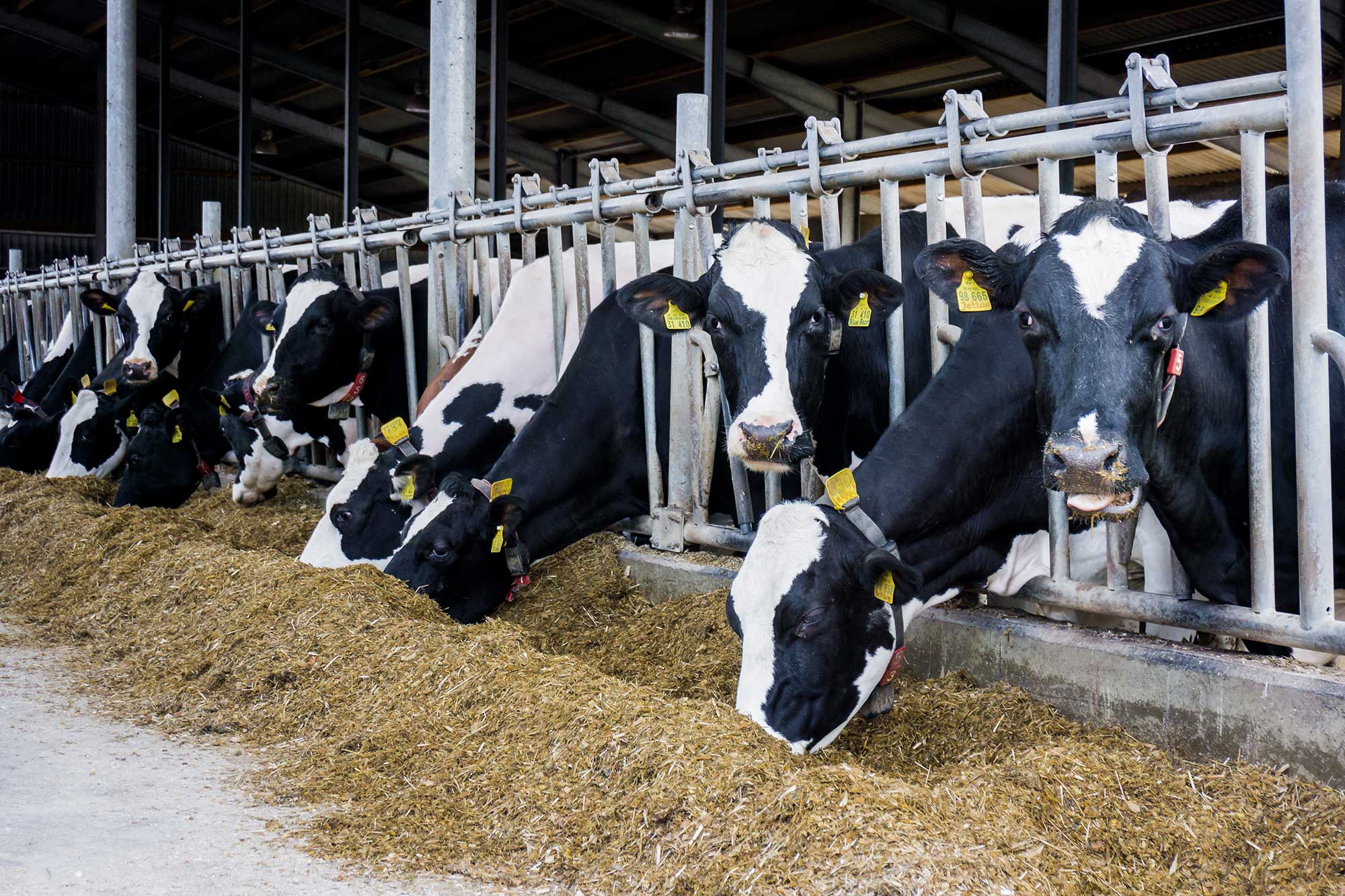U.S. Sens. Mike Rounds (R-S.D.) and Martin Heinrich (D-N.M.) sent a letter Thursday to Secretary of Agriculture Brooke Rollins urging her to develop an emergency plan to vaccinate cattle against highly pathogenic avian influenza.
Since the most recent outbreak of HPAI beginning in February 2022, HPAI has impacted 116 commercial bird flocks and 26 backyard flocks in Round’s home state of South Dakota, amounting to 6.7 million birds. Nationwide, the virus has affected over 166 million birds across 50 states and Puerto Rico and in 671 counties.
In March 2024, the Animal and Plant Health Inspection Service detected HPAI infections in dairy cattle herds located on the Texas panhandle; since then, over 1,000 detections have occurred in 17 states, including South Dakota. Although cattle are able to recover from HPAI, producers want to be prepared for additional spread that may occur.

“While we fully recognize the sensitivities and potential implications of a vaccination strategy in cattle, we strongly urge USDA to be prepared for all potential options in the fight against HPAI,” wrote the senators. “This would include stockpiling vaccine doses for HPAI just as USDA does for other potential diseases of concern.”
Rounds has been a leader in the push for an HPAI vaccine. In January 2024, Rounds sent a letter to then-USDA Secretary Tom Vilsack and then-U.S. Trade Representative Katherine Tai asking them to begin discussions with trade partners on HPAI vaccines. In March 2025, Rounds introduced legislation to require the U.S. Trade Representative and the USDA Secretary to negotiate with trade partners on a strategy for HPAI poultry vaccine.
As of November 2024, more than 30 mammal species have been infected with HPAI, and that number is expected to grow. According to data from the World Animal Health Information System, HPAI cases in the Northern Hemisphere typically rise in October and peak in February. These infections underscore the virus’s capacity to cross species barriers, posing ongoing risks to wildlife, domestic animals, and public health.
Detections of HPAI in U.S. dairy cattle have raised significant international concern. Infected cattle often show no symptoms or only mild signs such as reduced milk production, unusually thick milk, loss of appetite, lethargy, fever, and dehydration. The sustained circulation of H5N1 in cattle increases the risk of the virus adapting more easily to mammals, potentially spreading to other livestock or even humans.


:max_bytes(150000):strip_icc()/54673502217_2dd22f07dd_o-462173fc472b431dbfb26de73cf122f8.jpg)
:max_bytes(150000):strip_icc()/iStock-92273023-2000-9734f26f4c954980b2732f0062fc6968.jpg)
:max_bytes(150000):strip_icc()/54674565493_2ba6b48742_o-1e25c5a16e7c4b638afb7e9ac66f8d0d.jpg)


:max_bytes(150000):strip_icc()/52513708671_2a6075fabe_o-fd1bf009dced4801b7f81702a5ed15e7.jpeg)
:max_bytes(150000):strip_icc()/tassel-wrap-pollination-cc9d9aa4dca84ca49eadab5f6bd707a7.jpg)
:max_bytes(150000):strip_icc()/diseaseplaybookcorntarspot-fb7ff9d7c32e4e63b3e5e97dbe406eeb.jpg)